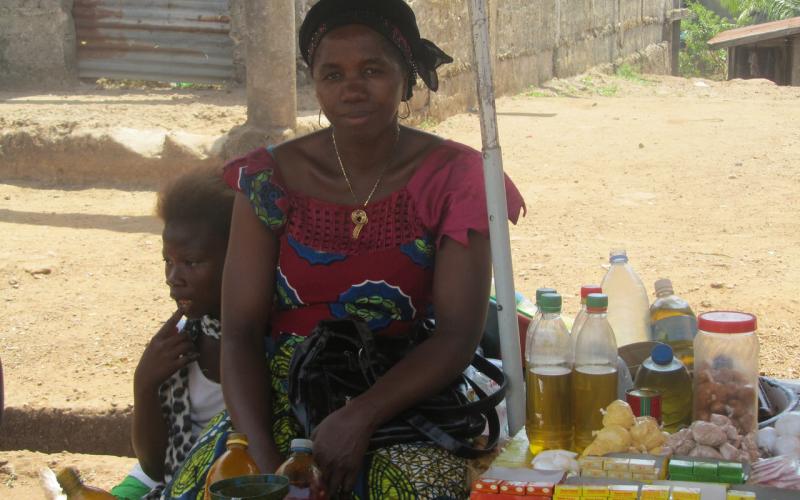
What is the best model for giving aid to Africa? Is it the form of lending a small sum to a basket weaver in a remote village to turn her vocation into a flourishing business? Or, is it a large donation to help build a company with potential to expand and create dozens of jobs? The answer is both.
Recently, there has been some debate over the role of microfinance, such as Sangu Delle’s theme for his recent TED Talk. Critics argue funding to individuals doesn’t make as large a splash as backing a larger, more ambitious project. But, even as Delle acknowledges, there is a place for microfinance and aid needs to work on both a macro and micro level.
Basic financial services such as lending and insurance are practically inaccessible in much of the developing world and microfinance is a direct way to address this problem. Large scale grants do not infiltrate a commute as deeply and immediately as smaller, more strategic financing.
Looking ahead, both the pervasion of mobile technology and potential use of virtual currencies will also help enrich the impact of microfinance, providing more efficient vehicles for funds to reach the neediest.
And yes, while not every poor African is an entrepreneur as Delle asserts (1), not every grand business idea takes off either. Providing capital to the individual might be a drop in the bucket, but even the smallest drop creates a ripple.
References:
Delle, S. (2014, October). Sangu Delle: In praise of macro- yes, macro- finance in Africa. [Video file]. Retrieved from: http://www.ted.com/talks/sangu_delle_in_praise_of_macro_yes_macro_finance_in_africa?language=en
Image of global taken from: http://blog.virgohealth.com/
Image of women in a catering class is taken by Develop Africa
(1) http://www.ted.com/talks/sangu_delle_in_praise_of_macro_yes_macro_finance_in_africa?language=en at minute 0:59.
Written by Kalin Bracken

